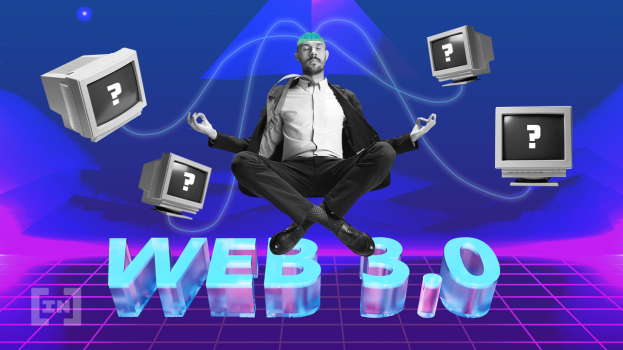An Overview Of AI-Powered Marketing Automation
- IT Business Management
- 0 Replies
AI-powered marketing automation recorded a global corporate investment of approximately $94 billion in 2021. Businesses depend on data, and AI marketing automation helps decision makers intelligently choose important information from each interaction with their customer and leads. Only by gathering contact information, site behavior and buying preferences can you fine-tune products or processes to enhance customer engagement.
Artificial learning can help you choose which insights to track and follow. Statista’s February 2022 survey revealed that 32% of marketers boosted marketing automation with artificial intelligence to personalize offers and emails, as well as for paid advertising.
How To Execute Marketing Automation Using AI
Since artificial intelligence (AI) deals with intelligent algorithms capable of producing human-like thinking skills of deducing, generalizing, reasoning, inferring meaning, learning from experience, and constantly evolving, it has transformed how corporates engage with their intended audiences and users. Apart from automating repetitive tasks, machine learning can analyze data to gauge consumer responses to products and how they are presented.
Businesses can also leverage artificial intelligence to learn how their customers engage with their brand and identify the leads most likely to convert into customers. Marketers are using ML to automate pay-per-click (PPC) advertising, search engine marketing (SEM), keyword research, SEO and social media marketing (SMM).
Using Machine Learning Algorithms
Buyers spend a lot of time online searching for the best products and services. According to recent Salesforce research, 66% of consumers want e-commerce businesses to offer product recommendations as part of their personalization strategy. Fifty-two percent of buyers expect only personalized promotional offers.
AI can dynamically populate products on apps, webpages or via email based on data assimilated about customer attributes, browsing patterns, or situational context to create a personalized shopping experience. These dynamic ads adapt their content and promotions automatically according to each user.
Continue reading: https://www.forbes.com/sites/forbestechcouncil/2022/10/26/an-overview-of-ai-powered-marketing-automation/?sh=5df48ed96e83
Artificial learning can help you choose which insights to track and follow. Statista’s February 2022 survey revealed that 32% of marketers boosted marketing automation with artificial intelligence to personalize offers and emails, as well as for paid advertising.
How To Execute Marketing Automation Using AI
Since artificial intelligence (AI) deals with intelligent algorithms capable of producing human-like thinking skills of deducing, generalizing, reasoning, inferring meaning, learning from experience, and constantly evolving, it has transformed how corporates engage with their intended audiences and users. Apart from automating repetitive tasks, machine learning can analyze data to gauge consumer responses to products and how they are presented.
Businesses can also leverage artificial intelligence to learn how their customers engage with their brand and identify the leads most likely to convert into customers. Marketers are using ML to automate pay-per-click (PPC) advertising, search engine marketing (SEM), keyword research, SEO and social media marketing (SMM).
Using Machine Learning Algorithms
Buyers spend a lot of time online searching for the best products and services. According to recent Salesforce research, 66% of consumers want e-commerce businesses to offer product recommendations as part of their personalization strategy. Fifty-two percent of buyers expect only personalized promotional offers.
AI can dynamically populate products on apps, webpages or via email based on data assimilated about customer attributes, browsing patterns, or situational context to create a personalized shopping experience. These dynamic ads adapt their content and promotions automatically according to each user.
Continue reading: https://www.forbes.com/sites/forbestechcouncil/2022/10/26/an-overview-of-ai-powered-marketing-automation/?sh=5df48ed96e83

























